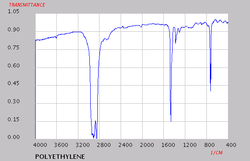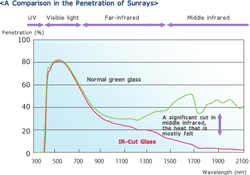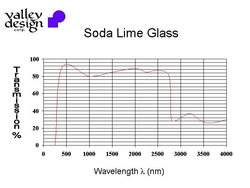Just got and IR thermometer. Boy, what a great little gadget In addition to discovering that my Rutland stove top thermometer is surprisingly accurate, +/- 10*, I've spent some time poking around the house with it to address weatherization issues.
In addition to discovering that my Rutland stove top thermometer is surprisingly accurate, +/- 10*, I've spent some time poking around the house with it to address weatherization issues.
I am stunned by what i have learned about my windows.
I have a few different configurations. All are old wood double hung, but about 60% of them have the old style wooden storms - the kind you have to take down and pop in screens if you want to open the windows in the summer. The previous owner had rigged these with a layer of sturdy plastic stapled around the edge that faces toward the inside went the storm is installed. I thought that was a pretty good idea so after I painted them I redid them with better plastic that wasn't like looking through a coating of vaseline.
Two downstairs windows and all of the upstairs windows are aluminum storms, make sense - someone got sick of swapping them out every year. All of the upstairs windows I've done up with 3M shrinky plastic. Two downstairs I didn't bother.
Here are my IR results for temperature drop (rough average) on the window system relative to the wall beside it. All were done later in the evening so the the sun would not skew my numbers.
Old style storms with plastic, -5*
Aluminum storms with 3M, -10*
Aluminum storms only, -15*
Quite an eye opener Other things certainly have a effect too - both the window quilts I made for my daughters room and a shade pulled over an old style window showed no temperature difference relative to the adjacent wall.
Other things certainly have a effect too - both the window quilts I made for my daughters room and a shade pulled over an old style window showed no temperature difference relative to the adjacent wall.
Anyone want to post their window info? Could be interesting.
 In addition to discovering that my Rutland stove top thermometer is surprisingly accurate, +/- 10*, I've spent some time poking around the house with it to address weatherization issues.
In addition to discovering that my Rutland stove top thermometer is surprisingly accurate, +/- 10*, I've spent some time poking around the house with it to address weatherization issues.I am stunned by what i have learned about my windows.
I have a few different configurations. All are old wood double hung, but about 60% of them have the old style wooden storms - the kind you have to take down and pop in screens if you want to open the windows in the summer. The previous owner had rigged these with a layer of sturdy plastic stapled around the edge that faces toward the inside went the storm is installed. I thought that was a pretty good idea so after I painted them I redid them with better plastic that wasn't like looking through a coating of vaseline.
Two downstairs windows and all of the upstairs windows are aluminum storms, make sense - someone got sick of swapping them out every year. All of the upstairs windows I've done up with 3M shrinky plastic. Two downstairs I didn't bother.
Here are my IR results for temperature drop (rough average) on the window system relative to the wall beside it. All were done later in the evening so the the sun would not skew my numbers.
Old style storms with plastic, -5*
Aluminum storms with 3M, -10*
Aluminum storms only, -15*
Quite an eye opener
 Other things certainly have a effect too - both the window quilts I made for my daughters room and a shade pulled over an old style window showed no temperature difference relative to the adjacent wall.
Other things certainly have a effect too - both the window quilts I made for my daughters room and a shade pulled over an old style window showed no temperature difference relative to the adjacent wall.Anyone want to post their window info? Could be interesting.






